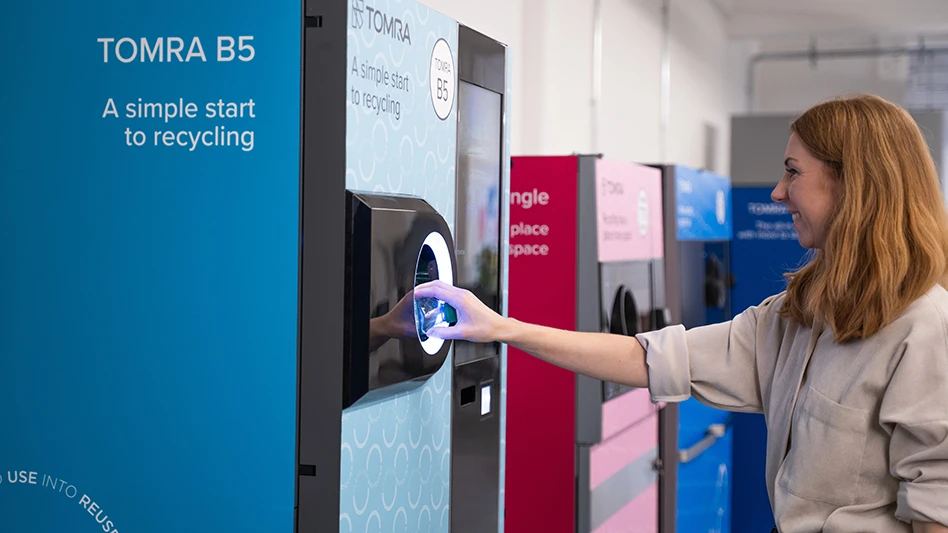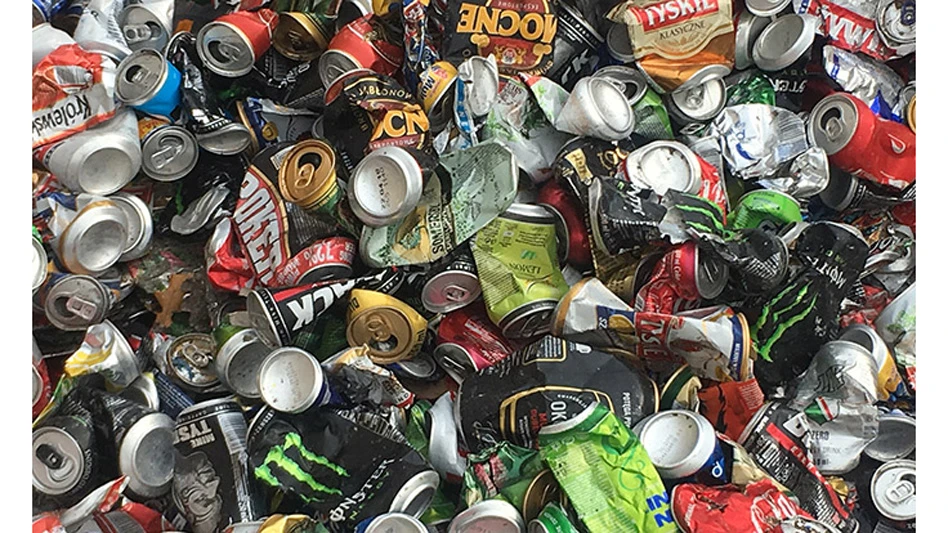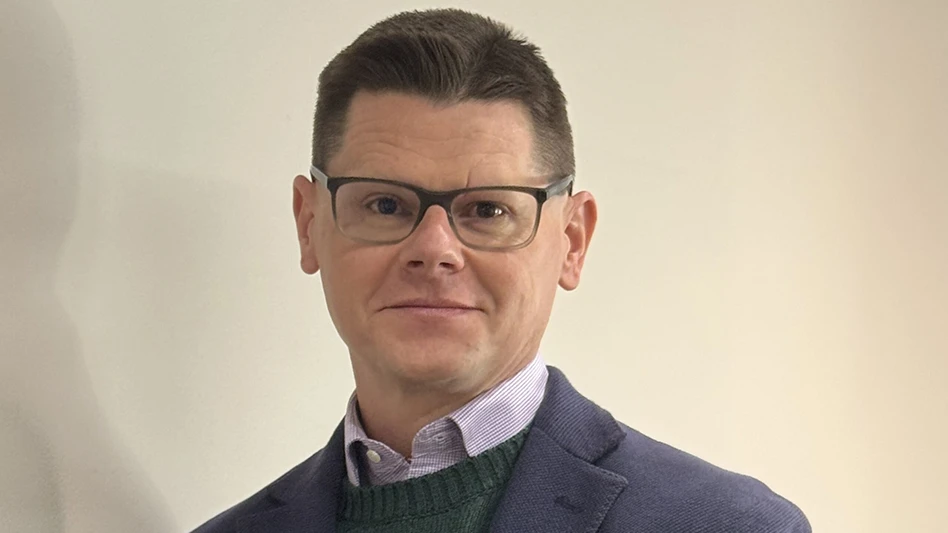
Photo by Jan Lindblad Jr. and courtesy of SSAB
Sweden-based steelmaker SSAB says it has secured an additional 430 million euros ($506 million) in “green financing” to support its blast furnace/basic oxygen furnace-to-electric arc furnace (EAF) conversion project in Luleå, Sweden.
Just two weeks earlier, SSAB announced the timeline for the conversion project will be moved back by one year after its electricity provider was unable to make “reinforcements to the transmission grid” as previously planned. “It is estimated that the planned start-up of the new steel mill will be postponed by 12 months, from the end of 2028 to the end of 2029,” SSAB announced on June 19.
At that time, SSAB indicated the revised timeline would not affect its “previously communicated investment framework of 4.5 billion euros ($5.3 billion).
Now, SSAB says the additional funding follows what it calls the “successful debt raising” of $5.3 billion that has been in place since this April.
The blast furnace-to-EAF project will be the second in its home country for SSAB, following another in Oxelösund, Sweden. In the United States, SSAB makes recycled-content steel via EAF technology in Axis, Alabama, and Montpelier, Iowa.
Regarding its plans in Luleå, SSAB states, “The transformation project will establish a state-of-the-art minimill [that] plays a central role in repositioning SSAB Europe as a maker of premium products while significantly lowering costs and CO2 emissions.”
SSAB says its latest round of financing was structured by Crédit Agricole CIB and is backed by German export credit agency Euler Hermes and “complements” earlier support from the Swedish National Debt Office (Riksgälden), the Italian Export Credit Agency (SACE) and the Nordic Investment Bank.
“Securing this final piece of the financing marks a key milestone in our transformation journey,” says Leena Craelius, chief financial officer of SSAB. “With this new green loan, we have now completed the financing package needed to deliver the Luleå transformation. It reflects strong support from our partners and the investment in Luleå will enable us to build an even stronger and more competitive SSAB by reducing costs, accelerating the product mix improvement and virtually eliminating all CO2 emissions from Luleå production.”
SSAB says the newly configured mill will have a capacity of 2.5 million metric tons per year with two electric arc furnaces and what it calls advanced ladle metallurgy and an integrated rolling mill. The investment also includes a cold rolling complex, a galvanizing line and continuous annealing equipment.
The firm cites as severa other advantages to EAF technology, including “lower costs, shorter lead times, as well as better ability to manage swings in demand.”
SSAB says the EAF complex will be able to use what it calls a flexible mix of “fossil-free sponge iron” (also known as hot briquetted iron), pig iron and recycled steel.
When the new mini-mill is completed, SSAB will close the current blast furnace-based production system in Luleå, in a move it says will “largely remove” the CO2 emissions from its operations there. The planned emissions reduction corresponds to 7 percent of Sweden’s current overall CO2 emissions, according to SSAB.
Latest from Recycling Today
- ReMA urges open intra-North American scrap trade
- Axium awarded by regional organization
- China to introduce steel export quotas
- Thyssenkrupp idles capacity in Europe
- Phoenix Technologies closes Ohio rPET facility
- EPA selects 2 governments in Pennsylvania to receive recycling, waste grants
- NWRA Florida Chapter announces 2025 Legislative Champion Awards
- Goldman Sachs Research: Copper prices to decline in 2026





